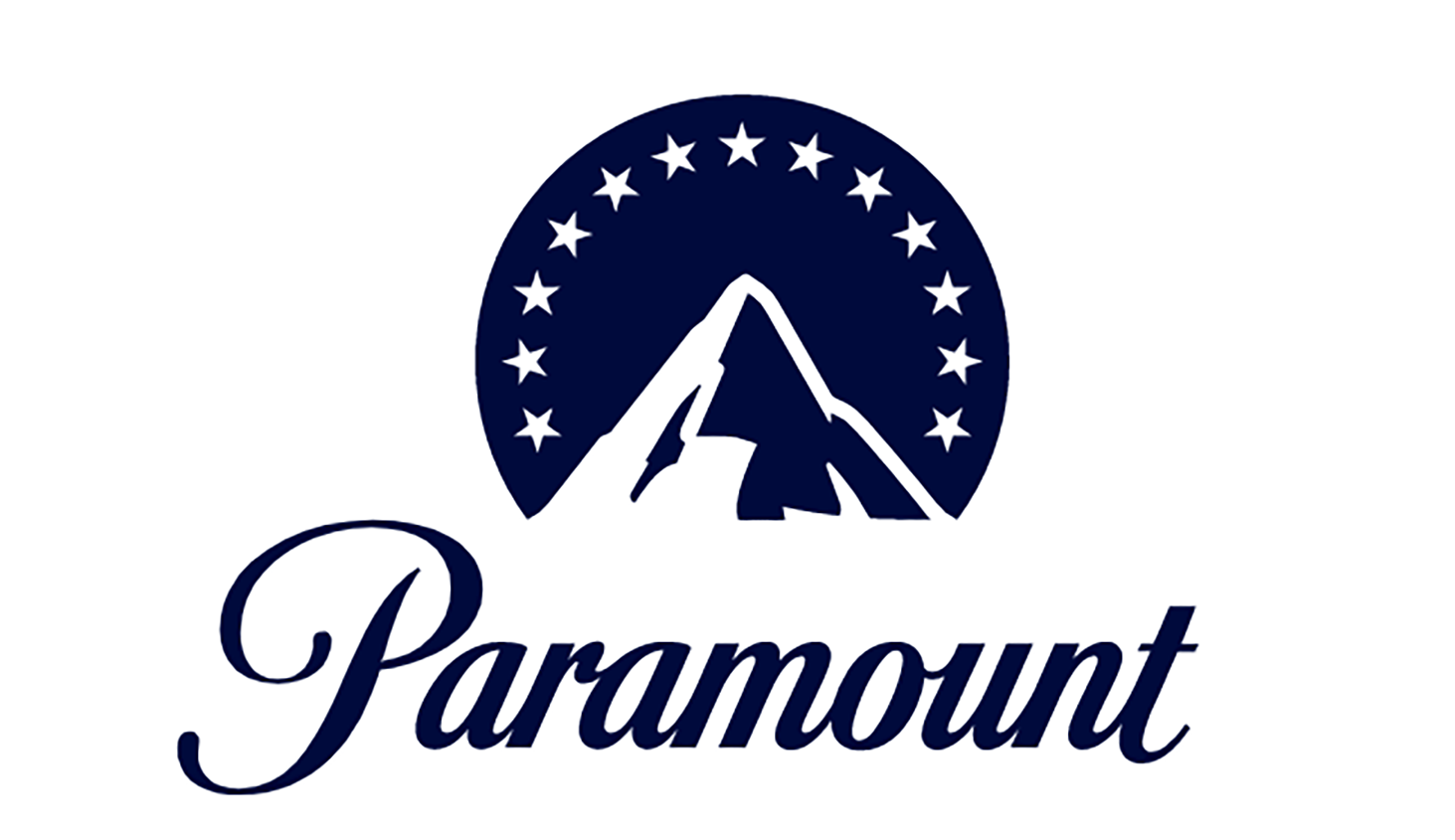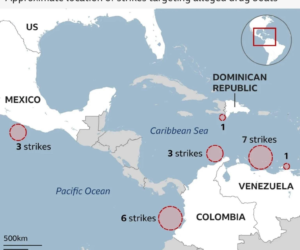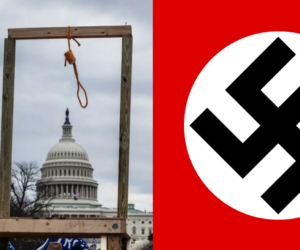
The current Paramount (CBS), National Amusements, Inc. and Skydance merger mess is marked by irony not highlighted in news reports. We’ve moved from movie studios being prohibited from distributing their wares via their own theatres to movie studio owners distributing their wares via their own streaming services.
Sumner Redstone, the driver behind the National Amusements, Inc. (NAI) rise to a little-known media mammoth, benefited from the 1948 Supreme Court ruling in United States v. Paramount Pictures that prohibited movie studios from owning theatres.
Redstone’s father, Michael (Mickey), was a drive-in movie operator in the northeastern United States. Redstone joined the company in 1954 when it had 14 drive-ins. He became CEO in 1967 and within 10 years NAI had 250 screens. The Department of Justice (DOJ) had made those business actions profitable, starting in 1938.
Paramount Decrees
That’s when DOJ filed a lawsuit against the “big five” film studios (20th Century Fox, MGM, Paramount, RKO and Warner Brothers) and the “little three” (Columbia, United Artists and Universal). The DOJ claimed that the eight had “conspired to control the motion picture industry through their ownership of film distribution and exhibition.” In other words, they owned both the movie studios and the movie theatres.
In 1948, the U.S. Supreme Court upheld a lower court decision in United States v. Paramount Pictures, Inc., 334 U.S. 131 that the eight had “engaged in a wide-spread conspiracy to illegally fix motion picture prices and monopolize both the film distribution and movie theatre markets.” The Paramount Decrees mandated “a separation between film distribution and exhibition” — the companies could own studios or they could own movie theatres. Not both. No vertical integration. There were decisions regarding bundling and pricing as well.
That historic case has been whittled away in the intervening decades, with perhaps no single person more responsible than Sumner Redstone. Except maybe Donald J. Trump.
Paramount Decrees declared void
The Trump Administration DOJ, in November 2019, asked the Federal District Court of Southern New York to repeal the 1948 Paramount Decrees. The repeal happened in August 2020, thus allowing major media corporations to grow even larger.
The Court ignored structural changes in Hollywood over the intervening 72 years as well as the disruption attributed to cable television, the Internet and streaming services. For example, RKO went bankrupt in 1959. Amazon owns MGM Studios, United Artists and Universal. Sony Pictures Entertainment owns Columbia. Walt Disney Studios owns 20th Century Fox. NAI controls Paramount Pictures. Only Warner Brothers remains unsold.
Today’s movie studio owners have their own streaming services. This distribution method is not unlike that of the 1930s when studios distributed their movies to theaters they owned. Why didn’t the Court see that?
Consumers have to effectively rent their own theatres for a month (the streaming service) to watch specific studio offerings at home. The Star Trek Universe is on Paramount Plus ($12.99/month ad-free), for example. The DC Universe and Warner Brothers movies are on Max ($20.99/month ad-free). The Lord of the Rings: The Rings of Power is on Amazon Prime ($14.99/month + $2.99 for ad-free).
How many streaming services are there? “Too many,” according to many consumers. The “big five” are Amazon Prime Video, Disney+, Hulu, (HBO)Max and Netflix. Others include AppleTV+, Paramount Plus, SlingTV, YouTubeTV and Vimeo (a very non-exhaustive list).
The CBS and Viacom dance
In 1987, Redstone acquired Viacom v1 which CBS spun off in 1971; at the time, NAI operated “396 movie screens in 14 states.” Viacom v1 had begun in the 1950s as CBS Television Film Sales. An FCC ruling forced the divestiture during the Nixon Administration.
Viacom v2 was born in 1993 when Viacom Inc. and Paramount Communications Inc. announced a merger agreement (Clinton Administration). “The merger [gave the new company] cable television systems with more than 1.1 million subscribers, 12 television stations, 14 radio stations, and five theme parks that entertain more than 12 million visitors annually.” Redstone was board chair and held controlling interest.
In December 2005, Viacom v2 split into two companies: the second CBS Corporation and Viacom v3 (GWB Administration). Given enough time, the two would merge again as ViacomCBS (2019, Trump Administration) and would later be renamed Paramount Global. Throughout the dance, NAI remained the controlling stockholder.
At the time of his death in August 2020, “Redstone and his family controlled CBS Corp. and Viacom, and through Viacom they controlled assets like BET Networks, Comedy Central, Nickelodeon, and the movie studio Paramount Pictures.” One family. Reportedly, “Redstone died with a net worth of $1.9 billion, a fortune closely controlled through National Amusements.” After his death, privately-held National Amusements passed into a trust which is led by his daughter Shari Redstone, who is the Paramount Global board chair.
Paramount Pictures, part of Paramount Global, is known for hits like Titanic (1997) and Top Gun: Maverick (2022) as well as series like the Transformers (2009-2014), Mission: Impossible (1996-2025) and Indiana Jones (1984-2008).
Privately-held Skydance co-produced and co-financed movies with Paramount Pictures from 2009-2021 (Obama, Trump and Biden Administrations). In 2022, it inked a deal with Apple Studios.
Today a theatre owner (NAI) holds the controlling interest in a company that produces theatrical movies and operates a streaming service, today’s proxy for movie theatres. That company, Paramount Global, wants to engage in a complicated merger with two privately held firms, NAI and Skydance, thus rubberstamping the type of vertical integration that the SCOTUS ruled was monopolistic in 1948.
It wasn’t in the consumer’s best interest then, and it’s not today.
Known for gnawing at complex questions like a terrier with a bone. Digital evangelist, writer, teacher. Transplanted Southerner; teach newbies to ride motorcycles. @kegill (Twitter and Mastodon.social); wiredpen.com
















